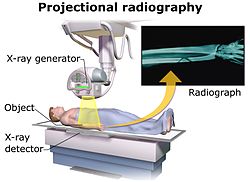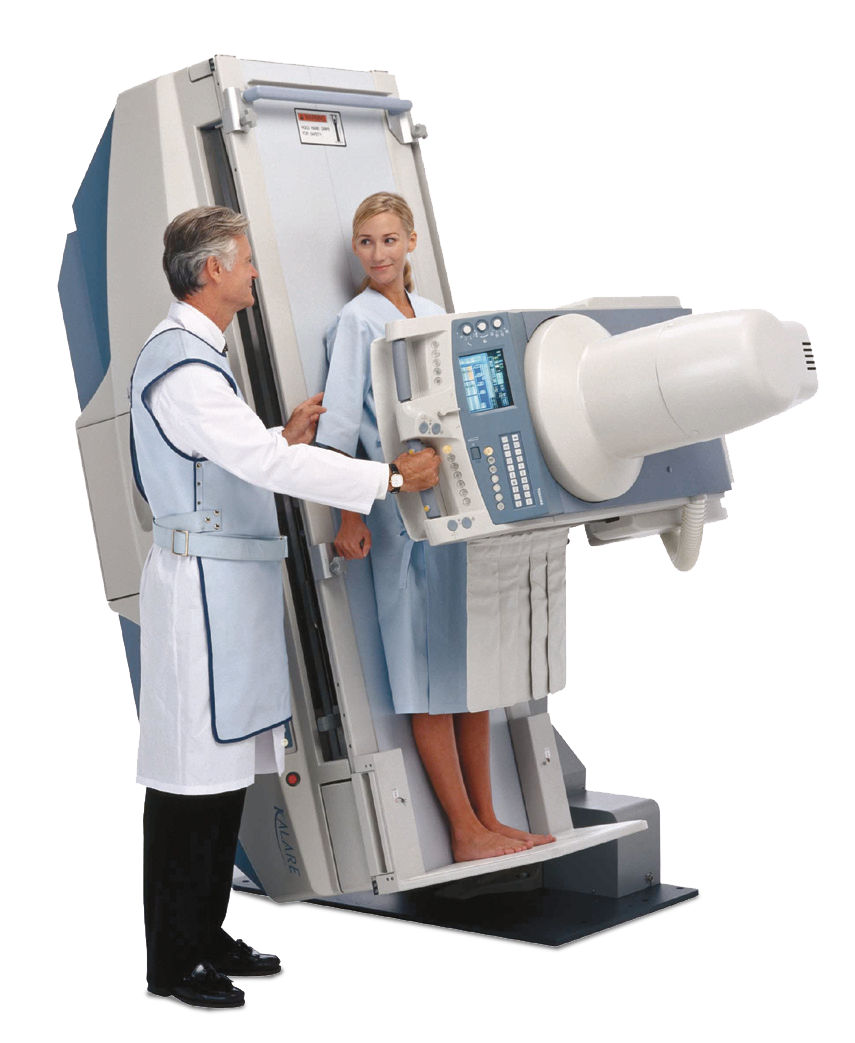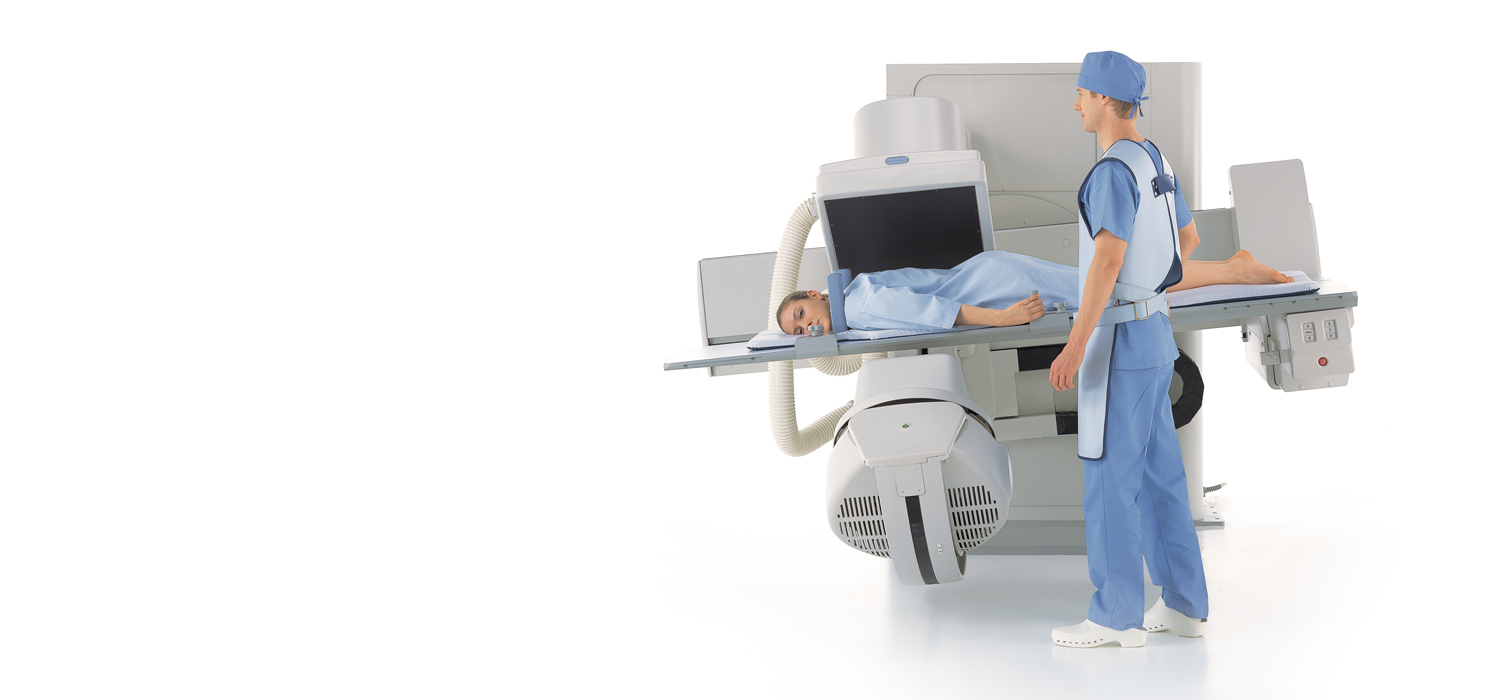Post # 12 – The X-ray
Dear Family & Friends,
In the
last post we covered the Ultra Sound test. In this post we will talk about a
more common test -- the X-ray, but do you know how many ways x-rays are used?
Sometimes
my students will ask me why I have to go to the doctor all the time. They are
so curious about every little thing :) If
only we could become like a little child... to have the faith of a child, to
humble ourselves, to be submissive to the will of the Lord, to be committed to
the Lord and keep His commandments, just to name a few.
Oh, and
many of my students just finished up with soccer... they love to play the game,
but a couple did not like playing against their friends – they just wanted to
play together. My students teach me so much – it’s amazing!

X-rays: X-rays of the part of your body that might have cancer are
sometimes the first tests done. A chest x-ray may also be done to see if the
cancer has spread to your lungs.
The x-rays that I have had done have been relatively painless for the most part. Most of you are probably familiar with X-rays, but I wanted to include it just in case there may be one of you that hasn’t had this experience yet, or been with someone who has needed an x-ray for one thing or another.
The x-rays that I have had done have been relatively painless for the most part. Most of you are probably familiar with X-rays, but I wanted to include it just in case there may be one of you that hasn’t had this experience yet, or been with someone who has needed an x-ray for one thing or another.
Medically reviewed by
Deborah Weatherspoon, PhD, RN,
CRNA, COI
on December 5, 2016 — Written by Brian Krans


What is an X-ray?
An X-ray is a common imaging test that’s been used for decades.
It can help your doctor view the inside of your body without having to make an
incision. This can help them diagnose, monitor, and treat many medical
conditions.
Different types of X-rays are used for different purposes. For
example, your doctor may order a mammogram to
examine your breasts. Or they may order an X-ray with a barium
enema to get a closer look at your gastrointestinal tract.
I will
be going in to get my mammogram and my bone scan in a few weeks or so.
There are some risks involved in getting an X-ray. But for most
people, the potential benefits outweigh the risks. Talk to your doctor to learn
more about what is right for you.

Why is an X-ray
performed?
Your doctor may order an X-ray to:
·
examine an area where you’re experiencing pain or discomfort
·
monitor the progression of a diagnosed disease, such as
osteoporosis
·
check how well a prescribed treatment is working
Conditions
that may call for an X-ray include:

·
breast tumors
·
blocked blood vessels
·
conditions affecting your lungs
·
digestive problems
- fractures
- infections
- osteoporosis
- arthritis
- tooth decay
- needing to
retrieve swallowed items
I think it is
really important to keep a journal of some kind. I like to flip through each
new journal that I buy and write at the top of several random pages - "How
have I seen the hand of the Lord in my life today?" This has helped me to remember to count my many blessings. Sometimes you don't think about the fact that the Lord is blessing you continually, each and every day!
How should you prepare for an X-ray?
X-rays are standard procedures. In most cases, you won’t need to
take special steps to prepare for them. Depending on the area that your doctor
and radiologist are examining, you may want to wear loose, comfortable clothing
that you can easily move around in. They may ask you to change into a hospital
gown for the test. They may also ask you to remove any jewelry or other
metallic items from your body before your X-ray is taken.
Always tell your doctor or radiologist if you have metal
implants from prior surgeries. These implants can block X-rays from passing
through your body and creating a clear image.
In some cases, you may need to take a contrast material or
“contrast dye” before your X-ray. This is a substance that will help improve
the quality of the images. It may contain iodine or barium compounds. Depending
on the reason for the X-ray, the contrast dye may be given in different ways,
including:
·
via a liquid that you swallow
- injected into your body
- given to you as an enema before your test
If you’re having an X-ray to examine your gastrointestinal
tract, your doctor may ask you to fast for a certain amount of time beforehand.
You will need to avoid eating anything while you fast. You may also need to
avoid or limit drinking certain liquids. In some cases, they may also ask you
to take medications to clear out your bowels.
How is the procedure
performed?
An X-ray technologist or radiologist can perform an X-ray in a
hospital’s radiology department, a dentist’s office, or a clinic that
specializes in diagnostic procedures.
Once you’re fully prepared, your X-ray technician or radiologist
will tell you how to position your body to create clear images. They may ask
you to lie, sit, or stand in several positions during the test. They may take
images while you stand in front of a specialized plate that contains X-ray film
or sensors. In some cases, they may also ask you to lie or sit on a specialized
plate and move a large camera connected to a steel arm over your body to
capture X-ray images.
It’s important to stay still while the images are being taken.
This will provide the clearest images possible.
The test is finished as soon as your radiologist is satisfied
with the images gathered.
What are the potential
side effects of an X-Ray?
X-rays use small amounts of radiation to create images of your
body. The level of radiation exposure is considered safe for most adults, but
not for a developing baby. If you’re pregnant or believe you could be pregnant,
tell your doctor before you have an X-ray. They may suggest a different imaging
method, such as an MRI.
If you’re having an X-ray done to help diagnose or manage a
painful condition, such as a broken bone, you may experience pain or discomfort
during the test. You will need to hold your body in certain positions while the
images are being taken. This may cause you pain or discomfort. Your doctor may
recommend taking pain medicine beforehand.
If you ingest a contrast material before your X-ray, it may
cause side effects. These include:
·
hives
·
itching
·
nausea
·
lightheadedness
·
a metallic taste in your mouth
In very rare cases, the dye can cause a severe reaction, such as
anaphylactic shock, very low blood pressure, or cardiac arrest. If you suspect
you’re having a severe reaction, contact your doctor immediately.
What happens after an
X-ray?
After your X-ray images have been collected, you can change back
into your regular clothes. Depending on your condition, your doctor may advise
you to go about your normal activities or rest while you’re waiting for your
results. Your results may be available on the same day as your procedure, or
later.
Your doctor will review your X-rays and the report from the
radiologist to determine how to proceed. Depending on your results, they may
order additional tests to develop an accurate diagnosis. For example, they may
order additional imaging scans, blood tests, or other diagnostic measures. They
may also prescribe a course of treatment.
Ask your doctor for more information about your specific
condition, diagnosis, and treatment options.

on another note: I have been planning a graduation for my preschoolers. I enlisted the help of a dear friend and her daughter to make up the Y-ties for each of my students. that takes a load off my shoulders and I am so grateful for all of their help these past few years -- They are amazing!!!
For those of you planning a graduation party or planning to attend a graduation and a party -- either as a guest or as a student-- you rock! Both roles take commitment, focus, faith, perseverance, study and responsibility -- just to name a few. Those are a few things that you need to help you through your cancer diagnosis and what follows as well! Have a great day! Remember, that faith is the first principle in the gospel of Jesus Christ. So hang onto your faith as small as a mustard seed, nourish and strengthen it, help it to grow!!! And grow!!!! And Grow!!!



















